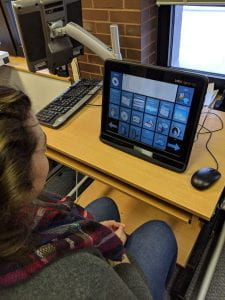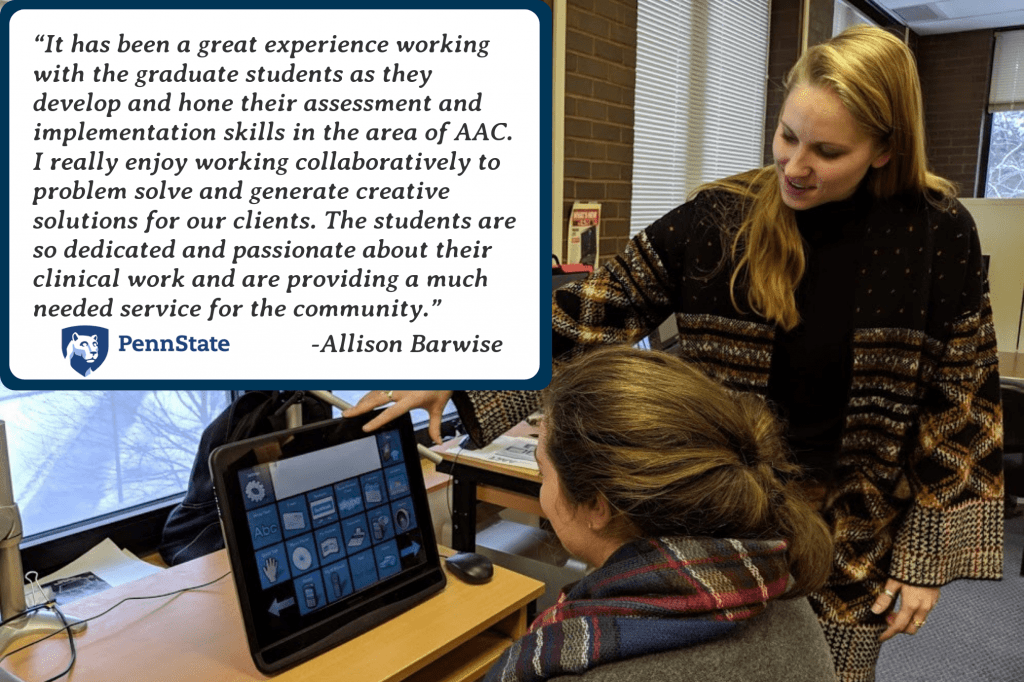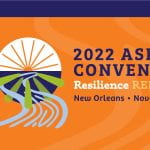
Now that we are well into the Spring semester, we would like to highlight the important work that our Master’s students are doing in providing high quality AAC services to children and adults with complex communication needs.
As part of their graduate program, students gain clinical experience through the on-campus Penn State Speech, Language, and Hearing Clinic, as well as through externship placements off-campus. All students providing AAC services are supervised by Allison Barwise, one of the AAC Research and Outreach coordinators at Penn State. Allison came to the AAC program with a strong background in AAC, having served as an SLP and Assistive Technology Specialist before taking on her current position.
Currently, Allison supports the master’s students as they provide services to variety of individuals from ages 3 – 65 with disorders such as autism spectrum disorder, Down syndrome, primary progressive aphasia, cerebral palsy, apraxia, and traumatic brain injury. With such variety, the students are gaining invaluable experience with various AAC supports, including: low-tech visual supports, grid-based communication applications, visual scene display applications, partner-assisted scanning, switch access, and eye-gaze systems.

Specifically during this semester, the students are providing AAC intervention services to 3 adults and 2 children in the on-campus clinic, as well as 12 children and adolescents across 3 elementary schools and 1 high school. The students are also gaining experience in conducting AAC assessments, with 3 assessments currently underway.
We were lucky enough to check in with Allison and a few of the students to learn more about their experiences this semester.
Reflecting on her new role, Allison shared,“It has been a great experience working with the graduate students as they develop and hone their assessment and implementation skills in the area of AAC. I really enjoy working collaboratively to problem solve and generate creative solutions for our clients. The students are so dedicated and passionate about their clinical work and are providing a much needed service for the community.”
Anna Woodford, one of the students clinicians, shared what she has learned so far in clinic, “I think the biggest thing I’ve realized are the many factors that are involved with an AAC system, and how many people are involved in its creation/implementation. It isn’t simply choosing a vocab you think will help, but rather understanding the needs and desires of the individual with CCN and how an AAC system will facilitate a greater quality of life for them.”
We are so glad to have Allison as part of our AAC community and for supporting such hard-working students as they continue to provide AAC services to children and adults with complex communication needs!


